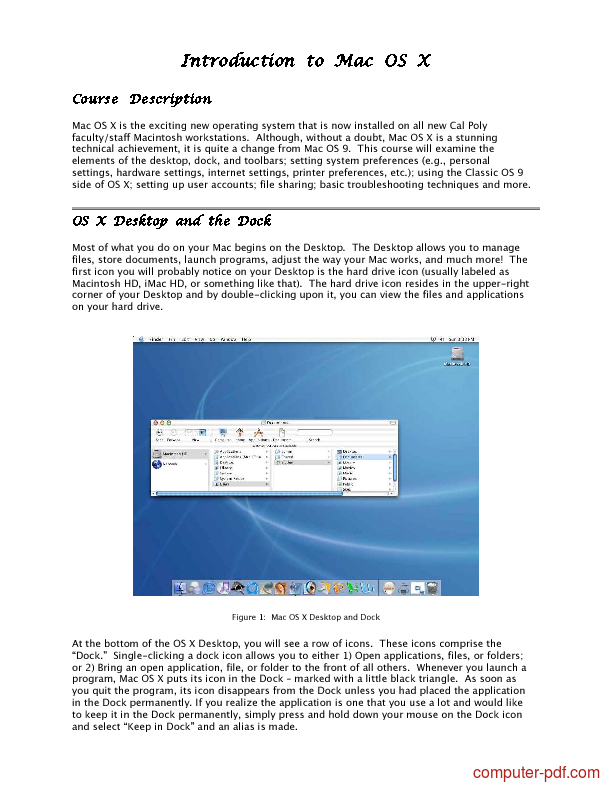
#SWITCHING TO A MAC FOR DUMMIES PDF MAC#
The packet processor in the line card #1 checks its MAC table to see if there is an entry that matches m1, the source MAC address of the received packet. ⑥ Now it's time to learn the source MAC address of the received packet. ⑤ The line card #1 in R1 that received the packet through ge1/1 port momentarily keeps the packet in the ingress packet buffer. Destination IP address = 1.1.1.30 (SVR3's IP address), Source IP address = 1.1.1.10 (SVR1's IP address) Destination MAC address = m3 (SVR3's MAC address), Source MAC address = m1 (SVR1's MAC address) ④ SVR1 sends a packet containing the followings to the destination address 1.1.1.30: ③ SVR1, now through ARP table lookup, knows the MAC address of destination address 1.1.1.30 is m3 (For easier explanation, we assume there is a matching entry in the ARP table). ② SVR1, through routing table lookup, finds out the destination address 1.1.1.30 is located in the same network (1.1.1.10) that SVR1 belongs to. ① SVR1 needs to send a packet to the destination network 1.1.1.30 (the packet is assumed to be pinged). Delivering a Packet from SVR1 to SVR3 - Unknown MAC (Flooding) These tables are used for Ethernet switching between ports within the same VLAN.ġ. In the 元 switch shown in the figure above, we can see VLAN and MAC tables - which were not shown in the router illustration presented in the previous post - in both the control module and line card. one port/interface supporting both switching and routing at the same time) a Switch Virtual Interface (SVI), and Juniper calls it a Routed VLAN Interface (RVI). Cisco calls this type of interface (i.e.So, SVR1 and SVR3, in the same VLAN, communicate with each other through Ethernet switching, whereas SVR1 and SVR4, in different VLANs, communicate through IP routing.In R1's perspective, ge1/3, ge2/2 and ge2/3 ports belong to VLAN 20, and this VLAN 20 has been assigned an IP address of 2.1.1.1/24 and MAC address of a2. SVR4, SVR5 and SVR6 are connected to R1 through ge1/3, ge2/2 and ge2/3 ports, respectively.In R1's perspective, ge1/1, ge1/2 and ge2/1 ports belong to VLAN 10 (same bridge domain), and this VLAN has been assigned an IP address of 1.1.1.1/24 and MAC address of a1. SVR1, SVR2 and SVR3 are connected to R1 through ge1/1, ge1/2 and ge2/1 ports, respectively.To simply put it, an 元 switch is a combination of an Ethernet switch and IP router.īelow is a network topology, similar to the one in the previous post, but with different configurations.Commonly known as L2/元 device or multi-layer switch (L2 = Ethernet, 元 = IP). 元 Switch: Performs (1) IP forwarding (delivering packets based on destination IP address) or (2) Ethernet switching (delivering based on destination MAC address) according to the destination MAC address of a received packet.Commonly known as L2 device (L2 = Ethernet). Ethernet Switch: Delivers Ethernet packets based on their destination MAC addresses, and has only one type of port, Ethernet.



IP Router: Delivers packets based on their destination IP addresses, and generally has not only Ethernet, but also various interface (port) types like SONET/SDH (POS), ATM, Serial, etc.Before we start, please take a look at the following terms:

This and next posts are about Ethernet switching (L2 bridging) and IP routing (IP forwarding) by 元 switch. The previous post was about IP routing by router. Switching and Routing for Dummies - IP Routingģ. Switching and Routing for Dummies - Ethernet SwitchingĢ.


 0 kommentar(er)
0 kommentar(er)
